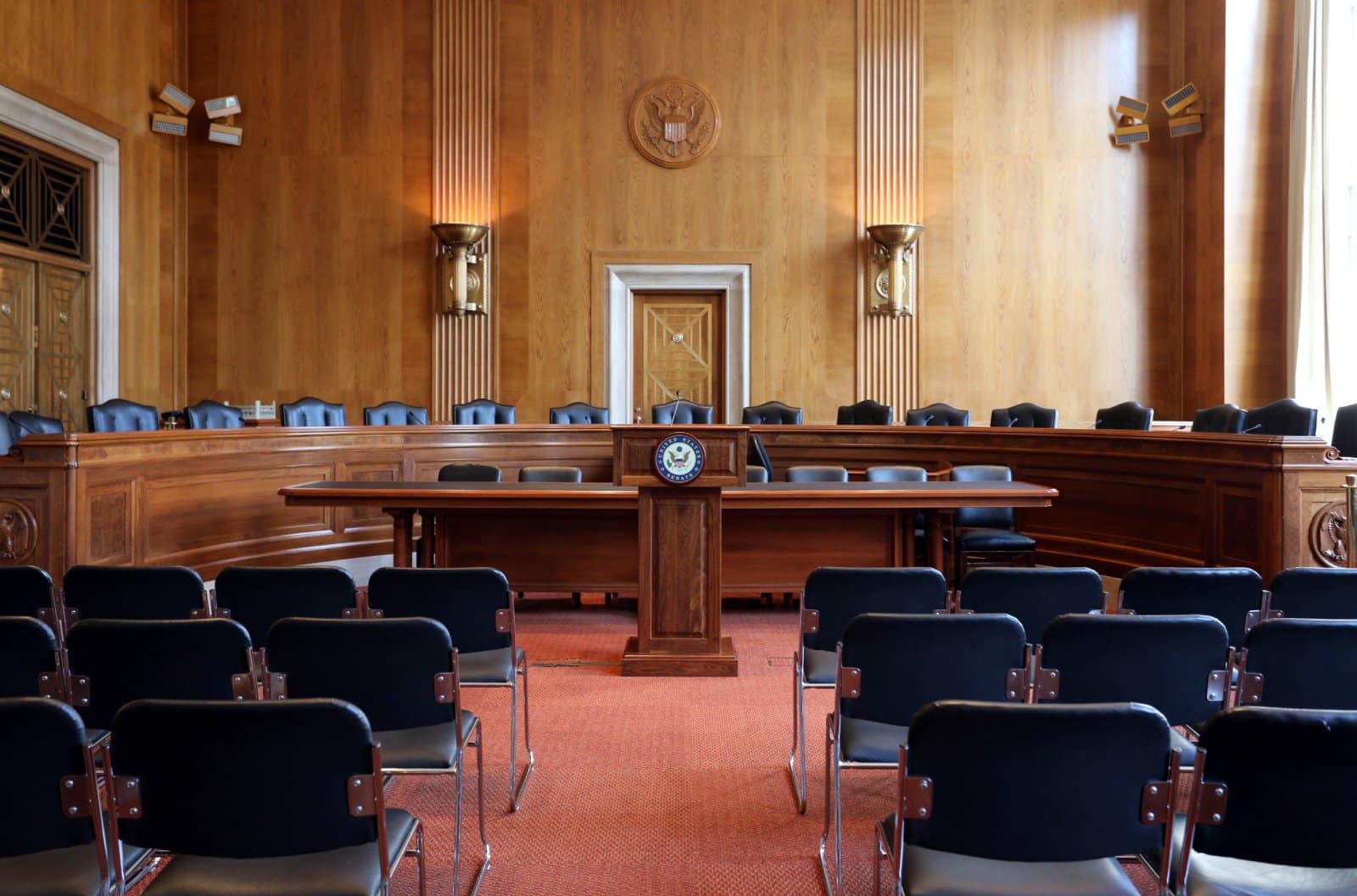The American Dream feels more out of reach than ever, especially for younger generations. What once seemed attainable with hard work now faces obstacles at every turn, from soaring college costs to the elusive goal of homeownership. Here’s a rundown of why it’s harder to achieve that dream today, especially when comparing the experiences of Millennials and Gen Z to those of the Baby Boomers.
1. Skyrocketing College Tuition

The cost of higher education has outpaced inflation, making college degrees expensive ventures. Baby Boomers could work summer jobs to pay tuition, a feat nearly impossible for today’s students.
2. Crushing Student Debt

Millennials and Gen Z face enormous student loan debts, a stark contrast to the manageable loans of previous generations, hindering their financial independence.
3. Stagnant Wages

While productivity has soared, real wages have stagnated since the 1970s, making it tough for younger workers to achieve the standard of living their parents did.
4. The Affordable Housing Crisis

Housing prices have skyrocketed, making homeownership a distant dream for many, especially in cities where job opportunities are concentrated.
5. Healthcare Costs

The rising cost of healthcare leaves families across generations vulnerable to financial disaster in the face of illness, with younger generations feeling less secure due to less comprehensive benefits packages.
6. The Wealth Gap

The wealth gap between the richest Americans and the middle class has widened dramatically, with much of the nation’s wealth concentrated among older generations.
7. Job Market Instability

Gig economy jobs offer little security and few benefits, a significant shift from the stable, full-time jobs with pensions that were more accessible to Baby Boomers.
8. Lack of Savings

An alarming number of Americans have inadequate savings for emergencies, a precarious situation that has grown worse for younger generations.
9. The Retirement Crisis

With pensions a thing of the past and uncertainty surrounding Social Security, younger workers face a retirement planning maze, unlike the clearer path Boomers had.
10. Inflation

Inflation erodes purchasing power, making it harder for all but especially younger generations to keep up with the cost of living increases.
11. Credit Card Debt

Credit cards have become a survival tool for many, leading to a cycle of high-interest debt that is particularly prevalent among younger adults.
12. Childcare Costs

Childcare expenses have skyrocketed, forcing many families into difficult decisions about work and childrearing, a stark contrast to the more affordable childcare options available to Boomers.
13. The Digital Divide

Access to technology impacts educational and job opportunities, with significant disparities persisting across socioeconomic lines, affecting younger generations’ readiness for the future workforce.
14. Environmental Challenges

Younger generations are inheriting the financial and societal costs of climate change, from higher insurance premiums to the necessity of investing in sustainable practices.
15. Political Gridlock

The inability of lawmakers to agree on economic policies exacerbates issues like healthcare, education, and social security reform, leaving younger generations cynical about political solutions.
16. Education Inequality

Access to quality education, crucial for economic mobility, remains unevenly distributed, disproportionately affecting younger individuals from less affluent communities.
17. Social Mobility Stagnation

Economic mobility has stalled, with younger generations finding it harder to outearn their parents, a reversal of the progress Boomers experienced.
18. Tax System Complexities

The tax code often seems designed to benefit the wealthiest, with loopholes and deductions that don’t serve the average worker, particularly perplexing for younger, less wealthy taxpayers.
19. Underemployment

College graduates often find themselves working jobs that don’t require a degree, underutilizing their skills and stifling financial growth, a newer trend that Boomers were less likely to face.
20. The Gig Economy

While offering flexibility, gig work lacks the benefits and job security once available to Boomers, making long-term financial planning difficult for younger generations.
21. Healthcare Inequality

The gap in access to quality healthcare continues to widen, with younger generations facing higher costs and less coverage compared to the more stable healthcare environment of the past.
22. Changing Family Dynamics

Economic pressures have reshaped family structures, with more dual-income households out of necessity and a rise in single-parent families, challenging younger generations’ financial stability.
Adjusting the Dream

For many, especially younger Americans, the American Dream is evolving rather than fading. Recognizing and adapting to new financial realities across generations can turn these challenges into opportunities, reshaping aspirations into achievable, modern dreams.
Featured Image Credit: Shutterstock / G-Stock Studio.
The content of this article is for informational purposes only and does not constitute or replace professional financial advice.
The images used are for illustrative purposes only and may not represent the actual people or places mentioned in the article.
For transparency, this content was partly developed with AI assistance and carefully curated by an experienced editor to be informative and ensure accuracy.
